In today’s fast-paced world, the demand for Artificial Intelligence (AI) solutions is skyrocketing. However, not everyone has the coding expertise to develop complex AI models. This is where low-code and no-code AI platforms come to the rescue. These platforms empower individuals and businesses to harness the power of AI without extensive programming knowledge. Let’s explore some of the best AI low-code and no-code platforms available in the market.
PyCaret
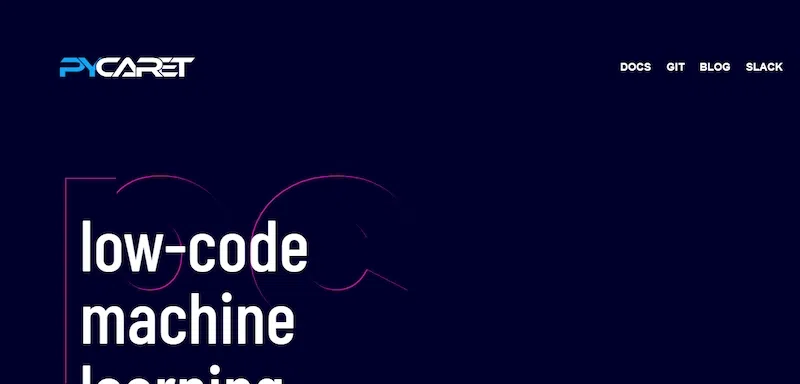
PyCaret is a low-code machine learning library in Python that automates the end-to-end machine learning workflow. It provides a simple and intuitive interface for performing various tasks such as data preprocessing, model training, hyperparameter tuning, and model deployment.
Key Features and Capabilities
- Streamlines the machine learning process with minimal coding required.
- Supports over 50 algorithms for classification, regression, clustering, and anomaly detection.
- Offers model interpretation tools to understand model behavior and make informed decisions.
- Enables easy deployment of models in production environments.
Real-world Use Cases or Examples
PyCaret can be used by data scientists, researchers, and business analysts to build and deploy machine learning models for various applications such as customer churn prediction, fraud detection, and sentiment analysis.
Akkio
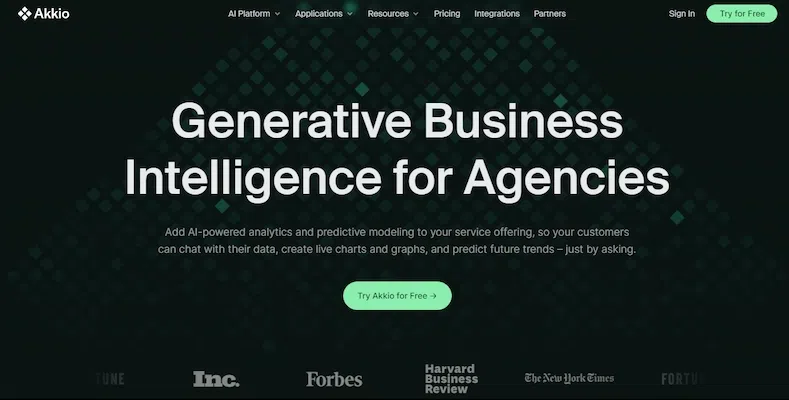
Akkio is a no-code AI platform that enables users to build predictive models using tabular data without writing a single line of code. It leverages advanced machine learning algorithms to generate accurate predictions quickly and efficiently.
Key Features and Capabilities
- Intuitive drag-and-drop interface for building predictive models.
- Automatically handles data preprocessing, feature selection, and model training.
- Provides built-in templates for common predictive modeling tasks.
- Allows seamless integration with popular data sources and business applications.
Real-world Use Cases or Examples
Akkio can be used by businesses across various industries for tasks such as sales forecasting, customer segmentation, and inventory management.
Pega
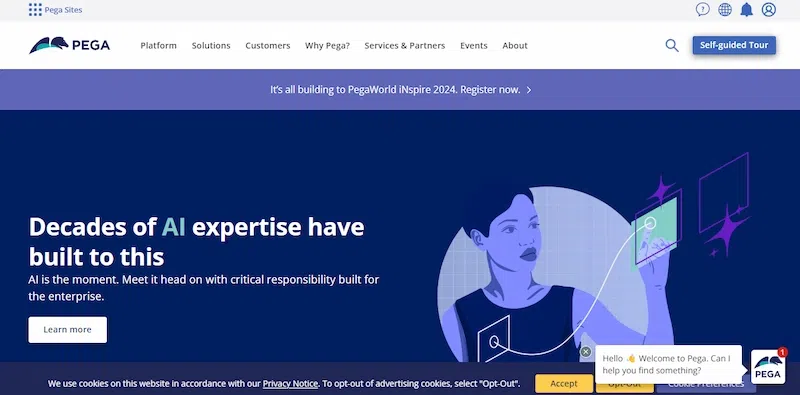
Pega is a low-code platform that offers AI-powered solutions for business process automation, customer engagement, and decision management. It enables organizations to build and deploy enterprise applications rapidly without extensive coding.
Key Features and Capabilities
- Visual development environment for designing and implementing business processes.
- AI-driven capabilities for predictive analytics, natural language processing, and robotic process automation.
- Supports agile methodologies for iterative development and continuous improvement.
- Offers pre-built industry-specific solutions for banking, healthcare, insurance, and more.
Real-world Use Cases or Examples
Pega is widely used by enterprises to streamline complex business processes, improve customer experience, and drive digital transformation initiatives.
SuperAnnotate
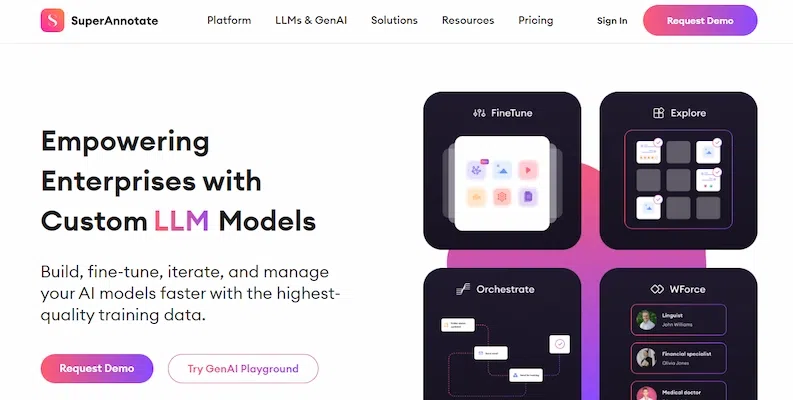
SuperAnnotate is a no-code platform for image annotation and data labeling. It offers a user-friendly interface for annotating images with bounding boxes, polygons, keypoints, and semantic segmentation masks.
Key Features and Capabilities
- Collaborative annotation tools for teams working on image labeling projects.
- Supports a wide range of annotation types for object detection, instance segmentation, and semantic segmentation tasks.
- Offers automated annotation features powered by computer vision algorithms.
- Integrates with popular machine learning frameworks for training custom models.
Real-world Use Cases or Examples
SuperAnnotate is used by AI developers, data scientists, and researchers to create high-quality training datasets for computer vision applications such as autonomous driving, medical imaging, and surveillance.
DataRobot
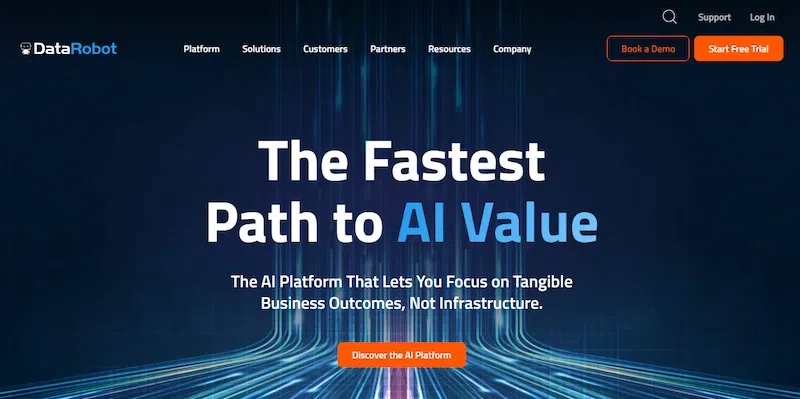
DataRobot is a leading automated machine learning platform that democratizes AI and empowers organizations to build and deploy machine learning models at scale. It automates the end-to-end machine learning process, from data preparation to model deployment.
Key Features and Capabilities
- Automated model selection, feature engineering, and hyperparameter optimization.
- Supports a wide range of machine learning algorithms and techniques.
- Provides actionable insights and explanations for model predictions.
- Offers enterprise-grade security, governance, and compliance features.
Real-world Use Cases or Examples
DataRobot is used by data-driven organizations to accelerate AI adoption, drive business value, and gain a competitive edge in the market.
GeneXus
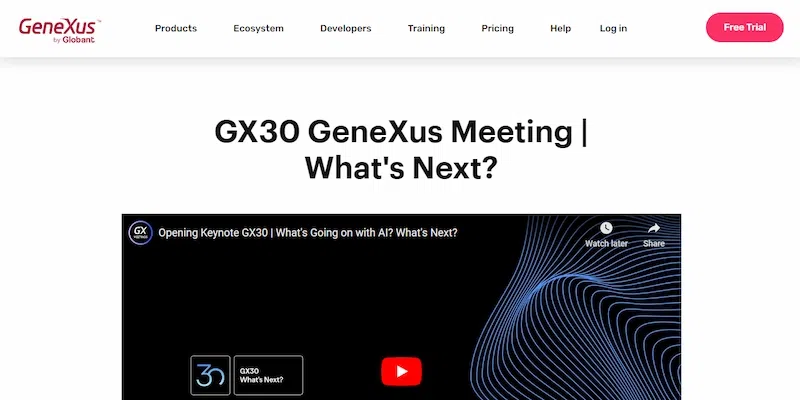
GeneXus is a low-code development platform that enables organizations to build cross-platform applications using a model-driven approach. It automates the software development process and generates code for web, mobile, and desktop applications.
Key Features and Capabilities
- Visual modeling tools for designing application logic, user interfaces, and data structures.
- Automatic code generation for multiple platforms and programming languages.
- Built-in support for AI and machine learning capabilities.
- Enables rapid prototyping, iterative development, and continuous delivery.
Real-world Use Cases or Examples
GeneXus is used by software development teams to build and deploy mission-critical applications for industries such as finance, healthcare, manufacturing, and government.
Lobe
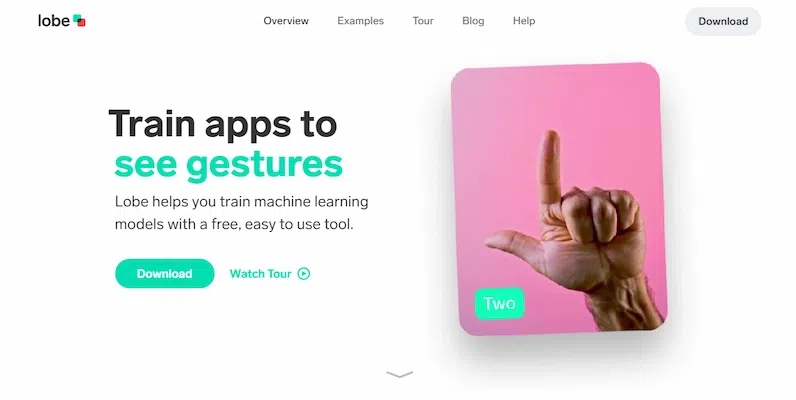
Lobe is a no-code machine learning platform that enables users to train custom machine learning models using visual examples. It simplifies the process of building, training, and deploying AI models without writing code.
Key Features and Capabilities
- Intuitive interface for labeling training data and training machine learning models.
- Supports various types of machine learning tasks, including image classification and object detection.
- Provides real-time feedback and visualization of model performance.
- Allows seamless deployment of models to desktop, web, and mobile applications.
Real-world Use Cases or Examples
Lobe is used by designers, hobbyists, and professionals to create AI-powered applications for image recognition, content moderation, and creative projects.
Nanonets
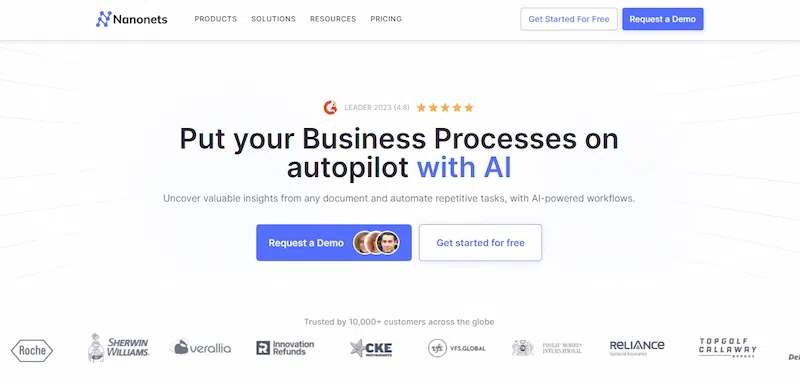
Nanonets is a no-code platform for building custom machine learning models for document processing tasks such as data extraction, OCR (Optical Character Recognition), and text classification. It simplifies the process of training AI models for document automation.
Key Features and Capabilities
- Drag-and-drop interface for uploading and labeling document images.
- Automated data preprocessing and feature engineering for training machine learning models.
- Supports pre-built models for common document processing tasks.
- Integrates with business applications and workflow automation tools.
Real-world Use Cases or Examples
Nanonets is used by enterprises to automate document-centric processes such as invoice processing, contract management, and form recognition.
Obviously AI
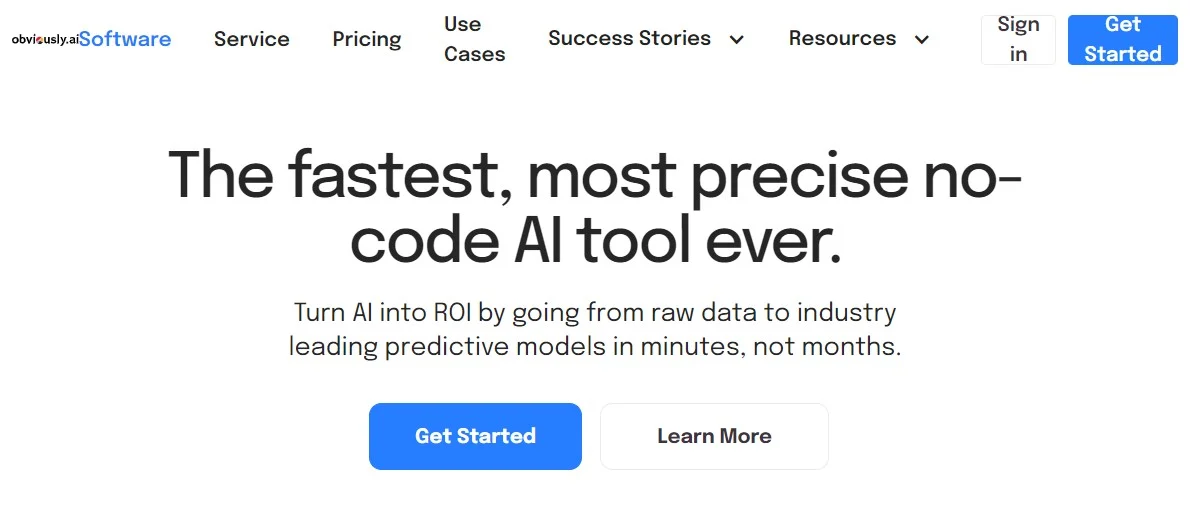
Obviously AI is a no-code AI platform that enables users to build and deploy predictive models using natural language queries. It simplifies the process of data analysis and prediction by allowing users to ask questions in plain English and get instant insights.
Key Features and Capabilities
- Natural language interface for querying data and building predictive models.
- Automated machine learning algorithms for regression, classification, and time series forecasting.
- Integration with popular data sources such as Google Sheets, Salesforce, and SQL databases.
- Enables non-technical users to perform advanced analytics tasks without coding.
Real-world Use Cases or Examples
Obviously AI is used by business analysts, marketers, and decision-makers to generate insights, make data-driven decisions, and optimize business processes.
Teachable Machine
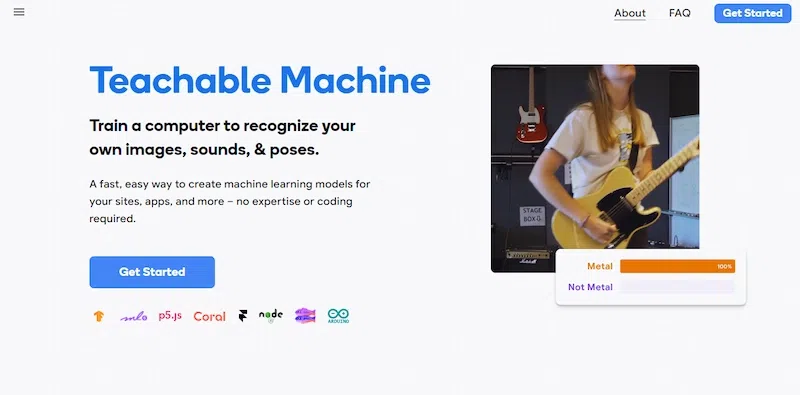
Teachable Machine is a no-code platform for building custom machine learning models using webcam images, audio recordings, and other sensor data. It allows users to train models for image classification, sound classification, and pose estimation tasks without writing code.
Key Features and Capabilities
- Web-based interface for collecting training data and training machine learning models.
- Supports transfer learning to leverage pre-trained models for custom tasks.
- Provides real-time feedback and visualization of model performance.
- Allows easy deployment of models to web applications and IoT devices.
Real-world Use Cases or Examples
Teachable Machine is used by educators, artists, and hobbyists to create interactive experiences, educational games, and artistic projects powered by AI.
Conclusion
Low-code and no-code AI platforms are revolutionizing the way AI solutions are developed and deployed. Whether you’re a seasoned data scientist or a business user with no coding experience, these platforms empower you to harness the power of AI and drive innovation. By leveraging the capabilities of tools like PyCaret, Akkio, Pega, and others mentioned above, you can accelerate your AI projects, unlock new opportunities, and stay ahead in today’s competitive landscape.
